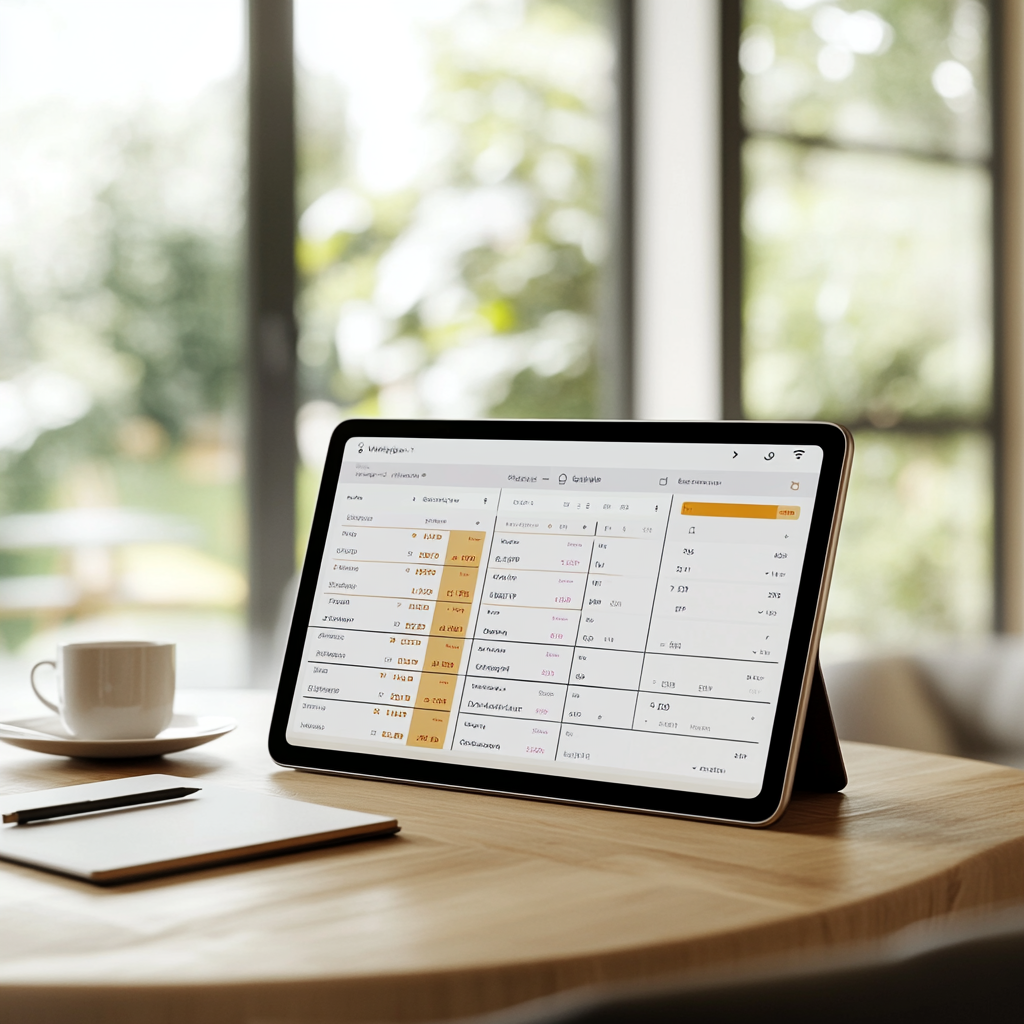Focus Schedule explained

In a world where endless information floods our senses, it’s easy to lose focus. We think we’re multitasking, but we’re actually doing less, scattered between too many things. Lives fly by, and we often feel like we’re missing out.
The desire to achieve more has become a modern-day plague. The endless flow of information and possibilities on the Internet often leads to doing less, not more. Our bodies and minds are tortured by the endless information that is pushed through ours eyes and ears. We are constantly bombarded with information, leaving us exhausted, distracted, and less productive. The myth of multitasking has only made it worse.
While no tool guarantees success, the right one can make a difference. After trying countless to-do lists, calendars, and organizers, none seemed to work for me. Then I tried pretty simple system of planning a day. Setting time boundary for each task during the day made it possible to reduce the spikes and get a stable speed of execution. Doing that with pen & paper was ok, but it wasn’t always available. That is why I ported it to digital version.
Focus scheduler is meant to do one think: help you stay aware of what you’re doing and focus on one task at a time. It also helps you improve your planning skills over time. Let me explain how it works.
Strict time bindings
There is no room for tasks without time boundaries. Without clear time limits, I’d either overload my day with too many tasks, leaving myself exhausted, or procrastinate, focusing on less important things that ‘just came up.’ Neither approach leads to consistent progress or long-term success.
Setting a dedicated time to plan makes it easier to stay on track when it’s time to execute.
Keep it accountable
We can improve only things we can measure. There are no grades here - this isn’t school - but accountability help us track our progress and improve. Simply mark each task as done, late or not done to visualise how good you’re at planning your life. Don’t worry if you’re not, nobody is perfect, but we can and shall improve.
Starting with a blank day
Planning months or years in advance has never worked for me because life is unpredictable. Recurring events are useful when you need to coordinate with others, but plenty of tools already exist for that. Focus Scheduler, on the other hand, is designed to help you take ownership of your life.
Starting a blank day makes a lot of sense to me. It makes me reconsider what I am going to do. What I am focused on. What I am busy with. Is that a good thing? Is that what I want to do? And many similar, semi-philosophical questions that aims to question everything in my life often enough to make a difference. Planning day in advance worked the best for me, maybe I’ll master it one day and will unlock an ability to plan a week upfront.
To-do inbox
The To-Do Inbox is for capturing tasks that come up during the day, whether it’s getting your car serviced or picking up a gift. These may not fit into tomorrow’s plan, but they shouldn’t be forgotten.
For example: getting car for a maintenance, visit a shop to buy a present or just a wish to go for a hiking. This may not fit into the current plan, but it deserves to be noted.
Rephrasing: to-do section works as a queue or inbox for the plans.
Templates
Repetitive tasks shouldn’t waste your time. That’s where Templates come in. This feature is an alternative to recurring tasks, keeping your day flexible while still allowing for quick scheduling.
Template is a blueprint of any portion of your day. It contains description and default task length. When containing multiple tasks it allows to set a pause between all the tasks. When creating from a Template you set a beginning of the first task and all the following tasks will be added automatically, according to the Template settings. This is an alternative to recurring tasks, to keep a day initially blank allowing to fulfil it fast.